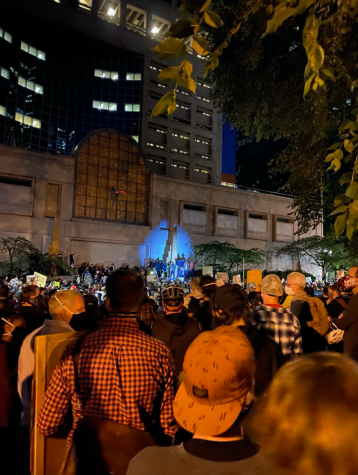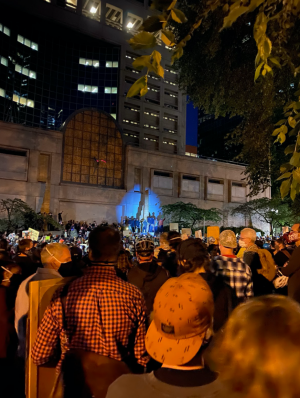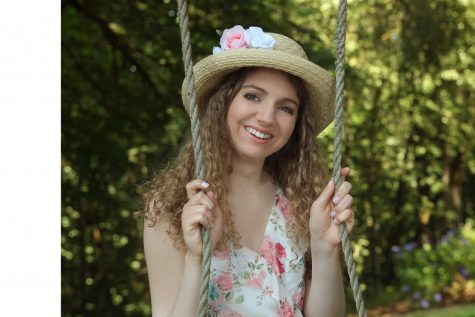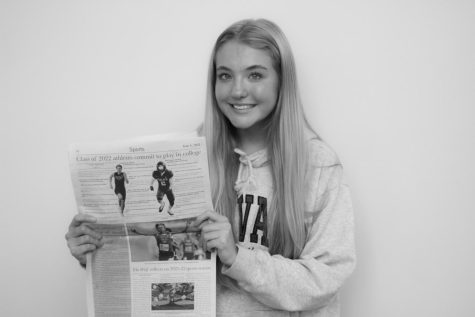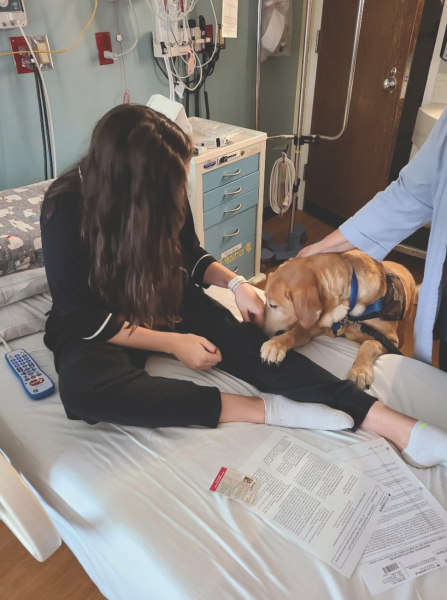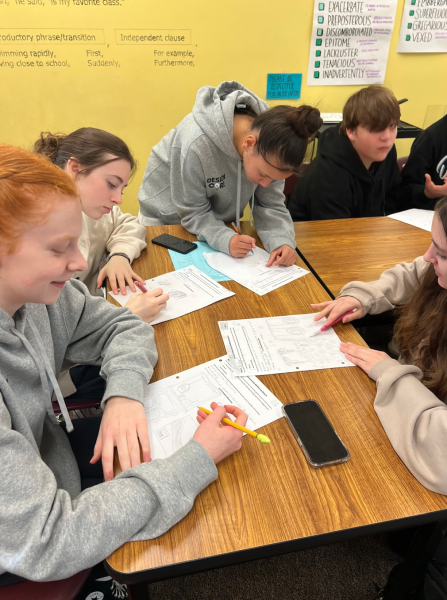District questions use of Student Resource Officers in schools
October 9, 2020
Should Student Resource Officers continue their work in schools? This fall, the Tigard-Tualatin School District is answering the national call for change by making a difficult decision.
Student Resource Officers, or SROs, are police officers who are specially trained and assigned to deal with conflicts on campus. The roles of an SRO include patrolling campus, leading lockdowns, removing people from campus who pose a threat to students and staff and working with students who need to file a criminal report.
According to an annual SRO report released by the Tualatin Police Department, “The consistent physical presence of the SROs inside the schools helps to ensure campus safety and security, while also serving as a physical deterrent to potential crimes that could otherwise occur.”
The district, in partnership with the cities and police departments of Tigard and Tualatin, is reaching out to as many students, staff and community members as possible to get a better understanding of people’s interactions with SROs and what changes should be made to be sure students have the best experience possible.
“There have been listening sessions for students, specifically those who have historically been underrepresented,” district Director of Equity and Inclusion Zinnia Un said. “And then, we did a survey that was open for a while, and that got some feedback from some of the community members.”
The survey sent out by the district on Sept. 14 gave the community an opportunity to provide feedback on what they thought about SROs. There will also be virtual listening sessions open to the community in the coming weeks to give more feedback.
This process is separated into three phases: the feedback phase, the information phase and the review phase. The first phase was the first round of feedback from the school and general community through the survey. Next, information about the SRO program was shared in a community meeting on Oct. 1. There will also be several dates for open discussion so community members can share their final thoughts. Finally, a listening committee in partnership with the cities will review the feedback and make its final recommendation.
“The community is really going to review that data and then offer their insights,” Un said.
The district is hoping to be finished with the second phase by the end of October. Then they will present the reports of community feedback to the cities and police departments.
While there are a range of opinions about whether police officers have a place in a school setting, the final decision will be made with the needs of students as a top priority.

